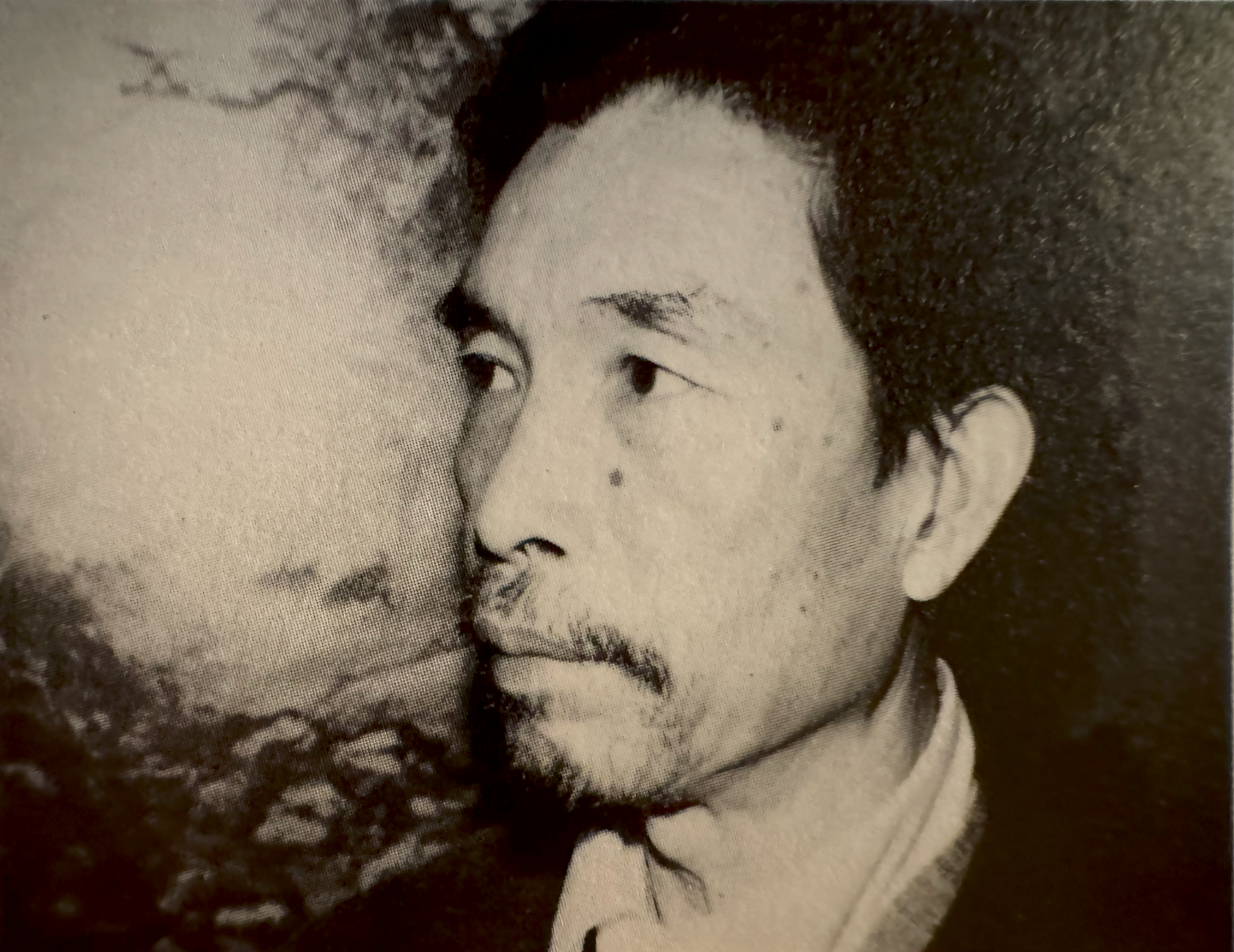About Wong Bun Tang
Wong Bun Tang, originally named Wong Shuhua and also called 休翁 (Xiu Weng) - "Retired Old Man," was born in February 1920 in Chenghai County, near Shantou. His family was exposed to new ideas as many of his ancestors studied abroad towards the end of the Qing Dynasty, and he grew up with high ambitions, developing a lifelong passion for drawing.
Before the Anti-Japanese War, Wong studied Western painting at the Guangzhou Municipal Art Institute, where he excelled. Later, he taught himself traditional Chinese painting and found even greater success. During World War II, he worked as a teacher in Guangxi and Hong Kong, gaining recognition through his exhibitions, which promoted the spirit of resistance.
In 1949, Wong returned to the Chaoshan area and contributed to reconstruction efforts. In the 1950s, he became Chairman of the Swatow Fine Arts Research Institute and worked with the Chaoshan Art and Literature Association. For fifty years, he dedicated himself to art, even enduring hardship and persecution. His works have been exhibited in China and abroad, with a personal exhibition in Shantou in 1981 that earned widespread praise.
Wong's style evolved over time. In the 1930s, he focused on figure painting, reflecting the era's mood. He studied the landscapes of the Yuan Dynasty painters, particularly Huanghe Shanqiao, blending their spirit with his own. He believed in learning from the essence of his predecessors without being confined by their patterns, following Shitao's idea that true creativity comes from respecting tradition while creating something new. His abstract ink paintings, while influenced by Qinteng and Shitao, are uniquely his own.
Wong emphasized the importance of mastering brush and ink skills. He believed that true artistic success comes from vivid, expressive strokes that convey emotions and aspirations with the right aesthetic approach. His works show a balance of power and subtlety, and his imagination shines through his brushwork. Like Li Er Qiao, who was known for his distinctive style, Wong created art that truly reflects his vision.
畫家王奔騰先生,原名王樹華,號休翁。生於公元一九二〇年二月。汕頭市澄海縣人。他的先輩在清未,多赴日本等國留學,接受新思想。先生幼年得家庭教育的薰陶,即有“奔騰”之志,而性獨喜繪畫。抗戰前夕,赴廣州市立美專學習西畫,此時已嶄露頭角,後又自學國畫,成就更大。抗日戰爭時期,先生會於廣西、香港兩地從事教育工作,並在曲江、香港舉行個人畫展,宣傳抗戰,博得極好稱譽。一九四九年,先生由香港回潮汕參加建設工作。五十年代初,任汕頭美術研究會主席,負責領導潮汕文聯美術工作。幾十年來,和其他文藝工作者一樣,以飽滿的熱情投身於時代潮流中。雖在風雨如晦,身處窮阨之時,但先生追求藝術之志不渝。其作品曾多次參加國內外展覽會(一九八一年八月,在汕頭市舉行個展),備受美術界人士的稱賞。王先生作畫歷程:三十年代以人物畫爲主,用以反映時代新人;其後專攻山水,兼及花卉。王先生推崇元代四大家山水畫,特別對黃鶴山樵,更是心儀向往,學其博習博朵。他重視讀畫而不主臨摹;以爲這樣,才能擷取前人的精華,不墜入前人的窠臼,得其心而逐其跡,此與石濤『師古人之跡不師古人之心,宜其不能出一頭地也』意同。他主張繼承爲創新服務,既尊重古人,也相信自己。
故他的作品,都是經過自己意匠慘澹經營的。同樣,他的水墨意筆畫,雖愛靑藤和石濤,然決不專事模仿,神會處,卻從『力能從簡意能繁』方面著力。在長期創作實踐中,他認爲畫家應在筆墨技法上磨練功夫,用正確的審美觀去狀物、傳神、言志、抒情,才有創造性的收穫。其作品即體現這一精神,以不同的筆墨技法表現不同的意境:風格有雄渾的,有蘊藉的,而妙處更在筆墨之外。於畫家中,王先生正如洪稚存評黎二樵所謂的『拔戟成一隊』者。
